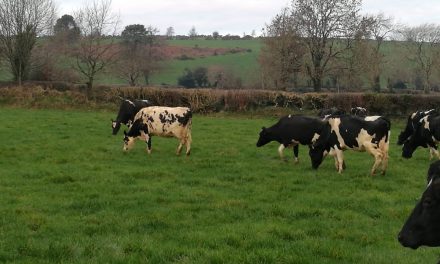Farmers' markets weren't exactly teeming with seasonal bounty back in March, when the provincial government announced nearly $4 million in support for them as part of the provincial budget.
But it's a different story now. Everything is growing, leaping out of the ground in fact, and the timing is superb for reminding Ontarians the province is investing in farmers' markets.
So, last week, that's what the province did. At a high-profile barbeque at Queen's Park, Leona Dombrowsky, the Minister of Agriculture, Food and Rural Affairs, Speaker of the House Steve Peters (a former agriculture minister) and Elora culinary superstar Anita Stewart took the lead in celebrating the province's support for those likeable bastions of local food, farmers' markets.
The money is earmarked for a variety of uses, namely for buy-Ontario and buy-local initiatives. It's not new money, and top marks to the province for positioning it appropriately. Right up front, in paragraph two of the news release, it notes this sum is part of the provincial budget announcement of $56 million over four years. Bravo.
Yet this celebration is still news, four months later, thanks to great timing.
Here's why. More and more, people are clamouring for local food. Farmers markets are a great place to get it, as long as the vendors are being honest with their representation of "local" food.
That's been a problem in some markets. Consumers shouldn't assume everything for sale at a farmers' market is local, even though that's the perception. So part of the $4 million is going toward expanding the MyMarket brand, a program to help ensure product authenticity. Consumers will appreciate that the government, which is supposed to look after their interests when it comes to matters such as fraud, is stepping to the plate.
Farmers will give a big thumbs-up to the buy-Ontario plan, too. It's yet another chance for them to get closer to consumers and gain their trust. How can it lose?
To me, the key here is the part of the program that includes farmer education. Imagine yourself for the past 20 or 30 years almost exclusively growing corn, soybeans and wheat for further processing. Then suddenly everyone everywhere wakes up and realizes local food is primo. They want some, and they want you to grow it because they like your production methods.
What do you have to offer? How can you diversify from corn, soybeans and wheat and reap the benefits of all this interest? What can be grown with minimal risk and maximum return, and how do you market it?
That's what farmers need to know. Farmers' markets are great for small producers who can grow enough to satisfy local demand. For bigger operations, farmers' markets provide an opportunity to diversify. With several profitable income sources, farmers are less exposed to risk and more likely to remain in the black. Ultimately, it gives consumers more choices, too.
Another increasingly popular form of diversification for farmers is on-farm sales. Get consumers to come to you, instead of going to them at a farmers' market.
But again, farmers need a saleable commodity to draw consumers to their farm gate. To that end, the ministry is committing up to $600,000 to provide business information and market analysis to Ontario farmers who want to delve into direct consumer marketing. This funding will also support marketing tools and best practices for local farmers' markets and food trails, such as the buy-local buy-fresh campaigns springing up in various counties.
Timing wise, the clincher for this re-announcement is the arrival of summer, Canada Day and the lead-up to Stewart's World Longest Barbeque a month from now.
Those milestones, events and celebrations are about Canadian food, markets and farmers, just like the province's program.
Way to go, Ontario.


